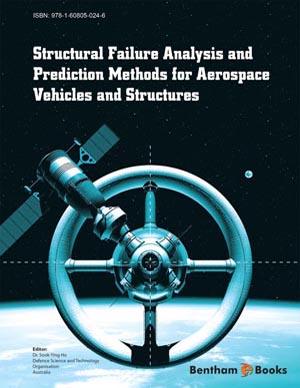Abstract
An applicable procedure for design, optimization, and manufacturing of a remotely piloted helicopter (RPH) is studied analytically and experimentally. The procedure is presented in four main phases of conceptual design, detailed design, manufacturing and assembly, and test and reliability analysis. Using this procedure, an RPH case study, called Parvan, for an arbitrary traffic monitoring designed and manufactured. Different subsystems of an RPH such as rotor assembly, engine and fuel systems, power transmission system, and control system for the proposed design are studied at each phase accordingly. Final ly, 3-D multiplatform software of CATIA is used to simulate the RPH and making the ful l-scaled prototype. The successful performance of Parvan at hover, climb, and forward flight modes showed the effectiveness of the proposed procedure in developing an RPH.
Keywords: Aerodynamic derivatives, Design experiments method, Dynamic modeling, 3-D simulation, Manufacturing, Optimum design, Reliability, Remotely piloted helicopter, Stability and control, Unmanned aerial vehicle.


















